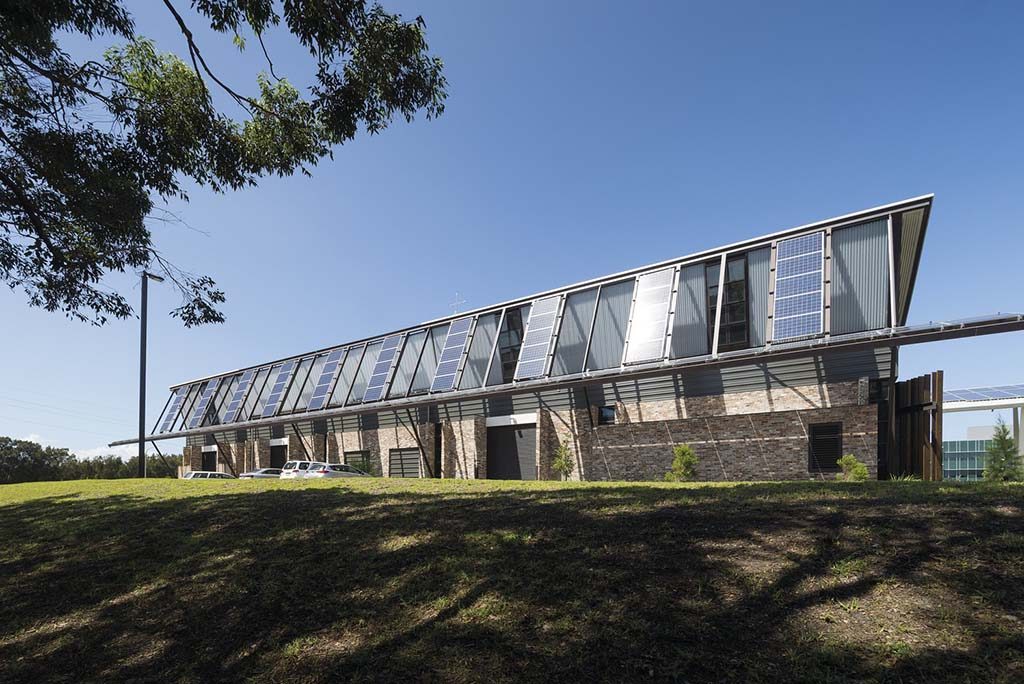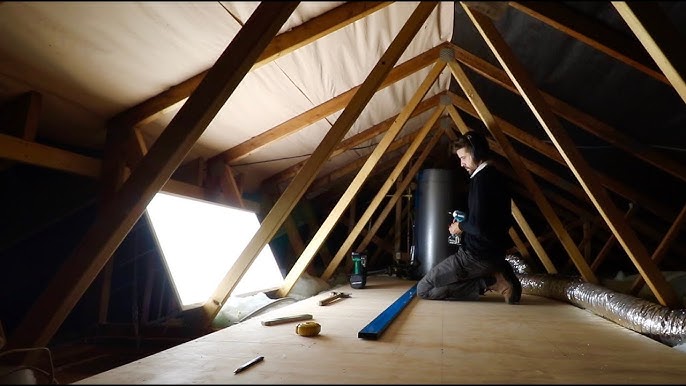In the world of sustainable construction, achieving a LEED certification is considered a mark of excellence. Homeowners and real estate developers alike are often curious about the intricacies involved in the LEED certification cost analysis. Lets dive deeply into understanding what these expenses entail and how they contribute to sustainable building success.
LEED certification cost analysis is essential for anyone involved in constructing environmentally friendly and energy-efficient buildings. With the growing trend towards sustainable living, it’s crucial to comprehend cost elements associated with achieving this esteemed certification.

1. What is LEED Certification?
LEED, or Leadership in Energy and Environmental Design, is a globally recognized green building rating system. Developed by the U.S. Green Building Council, it provides a framework for healthy, efficient, carbon, and cost-saving green buildings. Learn more about green building here.
2. Breakdown of LEED Certification Costs
The foremost question in the minds of developers is the breakdown of LEED certification costs. These costs can be broadly classified into various categories:
a. Registration Fees
Every project begins with a registration fee, which varies depending on the size and scope of the project. To get more insights on registration fees, check out how to LEED certify.
b. Certification Fees
Upon completion of the project, a certification fee is charged. This fee is based on the building’s square footage and the level of LEED certification desired.
c. Additional Soft Costs
These include costs related to energy modeling, commissioning, and documentation required to support the certification application.
3. Benefits of LEED Certification
Pursuing a LEED certification comes with an array of benefits:
a. Environmental Advantages
LEED-certified buildings reduce carbon emissions and conserve water. This can be pivotal in sustainable building practices.
b. Economic Benefits
Although the upfront costs might appear steep, in the long run, operations and maintenance costs decrease significantly due to increased energy and water efficiency.
4. Key Factors Influencing LEED Costs
Several factors can influence the total cost of achieving LEED certification:
a. Project Size
Larger projects often incur higher initial costs but benefit from economies of scale.
b. Certification Level
A higher certification level, such as Platinum, usually requires more extensive documentation and higher initial costs but promises greater long-term savings.
5. Steps to Achieve LEED Certification
The process involves assessing your projects goals, developing green construction strategies, and following a systematic approach towards achieving certification.
6. Challenges in the LEED Certification Process
Common challenges include aligning with stringent standards and balancing costs without compromising project objectives.
7. Real-world Examples
Explore case studies where buildings have successfully achieved LEED certification, reflecting on strategies, benefits, and lessons learned.
8. Future of LEED Certification
The future looks promising as more developers and homeowners recognize the long-term benefits associated with sustainable building certifications. The U.S. market for green building materials is projected to grow, as stated in a Fortune Business Insights report.

Frequently Asked Questions (FAQ)
1. What are the different levels of LEED certification?
There are four levels of LEED certification: Certified, Silver, Gold, and Platinum. Each requires different point thresholds.
2. Is LEED certification worth the investment?
Yes, while the initial cost might seem high, the operational savings and environmental benefits make it a worthwhile investment.
3. How long does it take to get a building LEED certified?
The timeline varies based on project scope, size, and unforeseen challenges, but it typically ranges from several months to a couple of years.
This article contains affiliate links. We may earn a commission at no extra cost to you.




